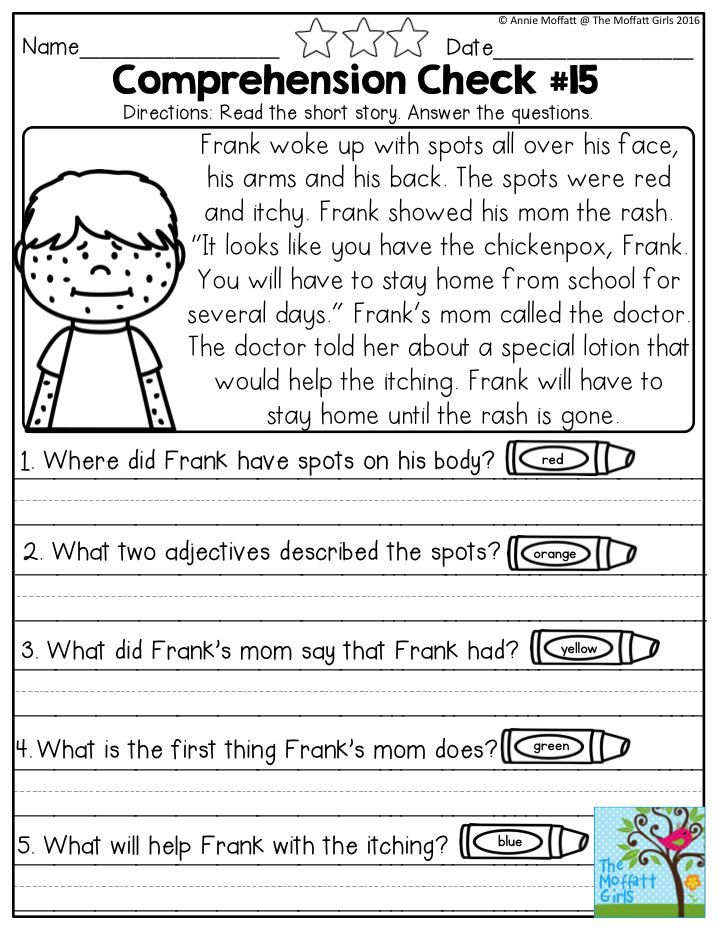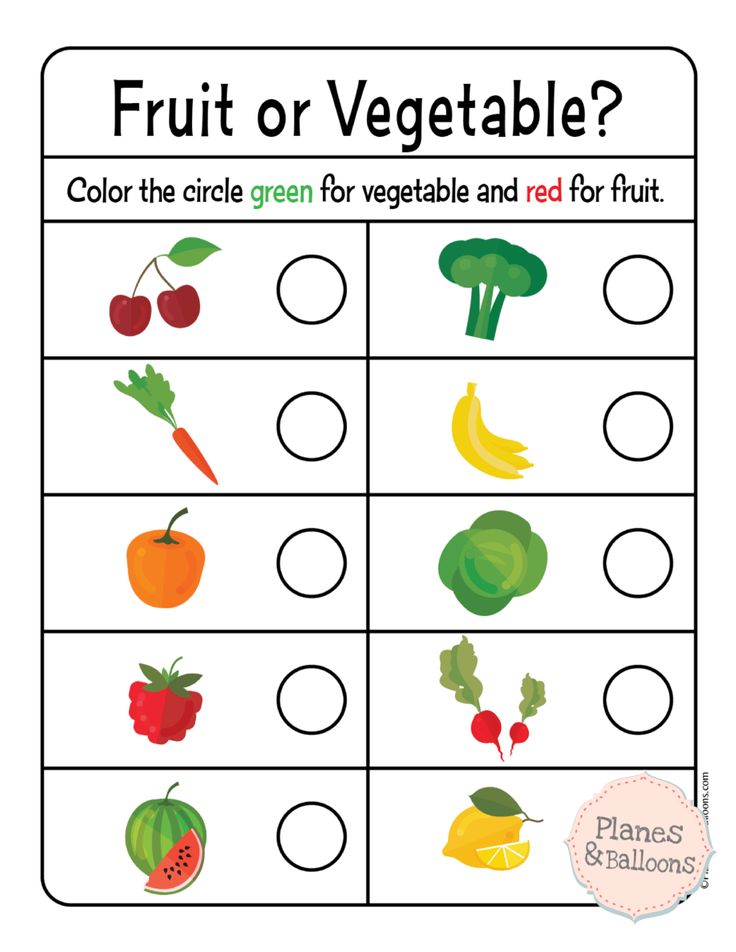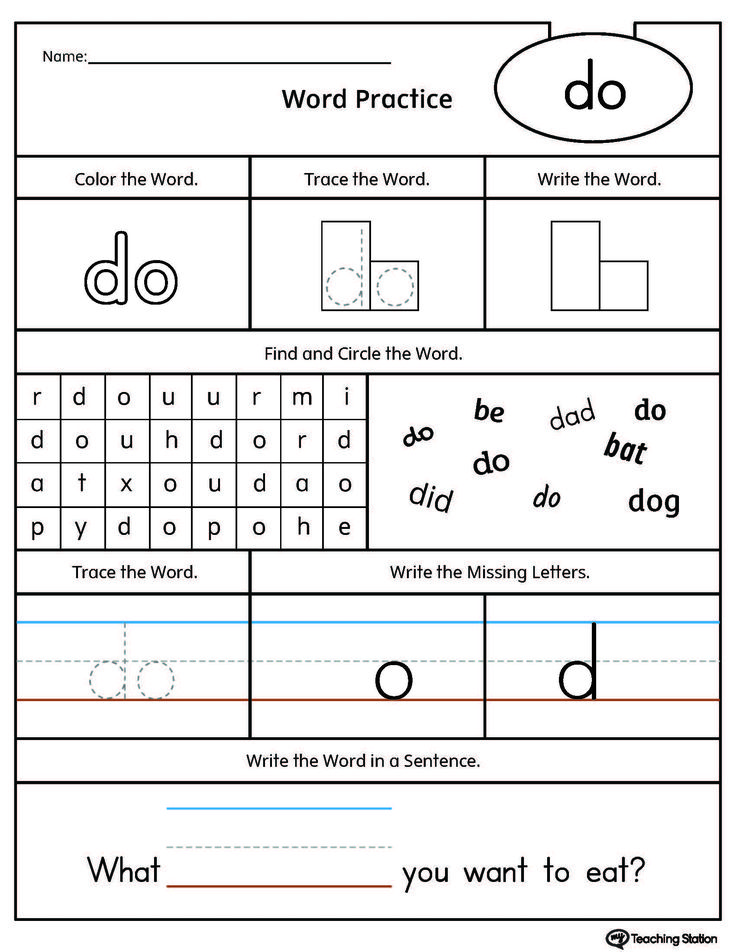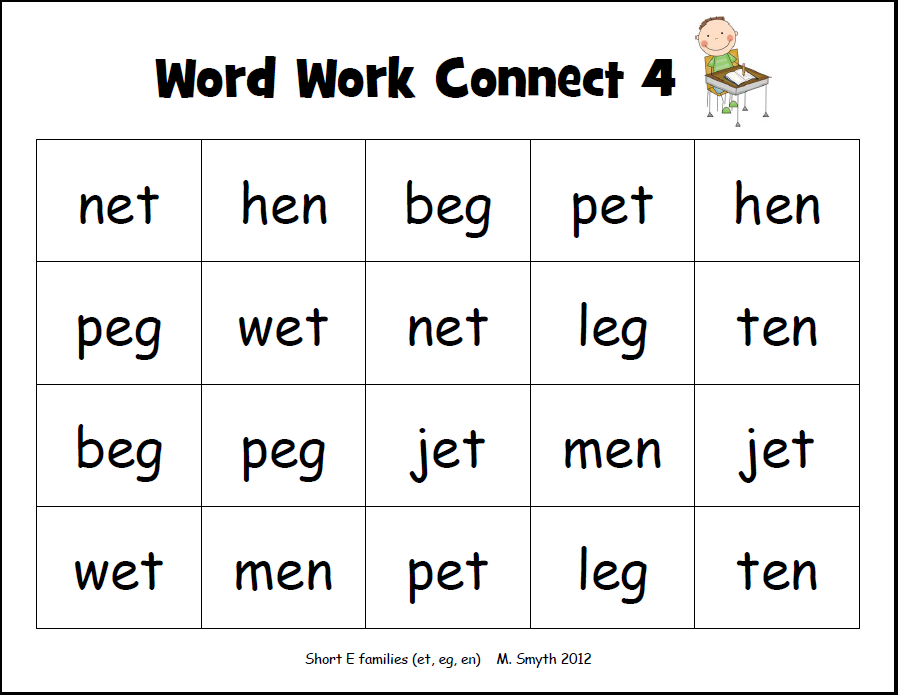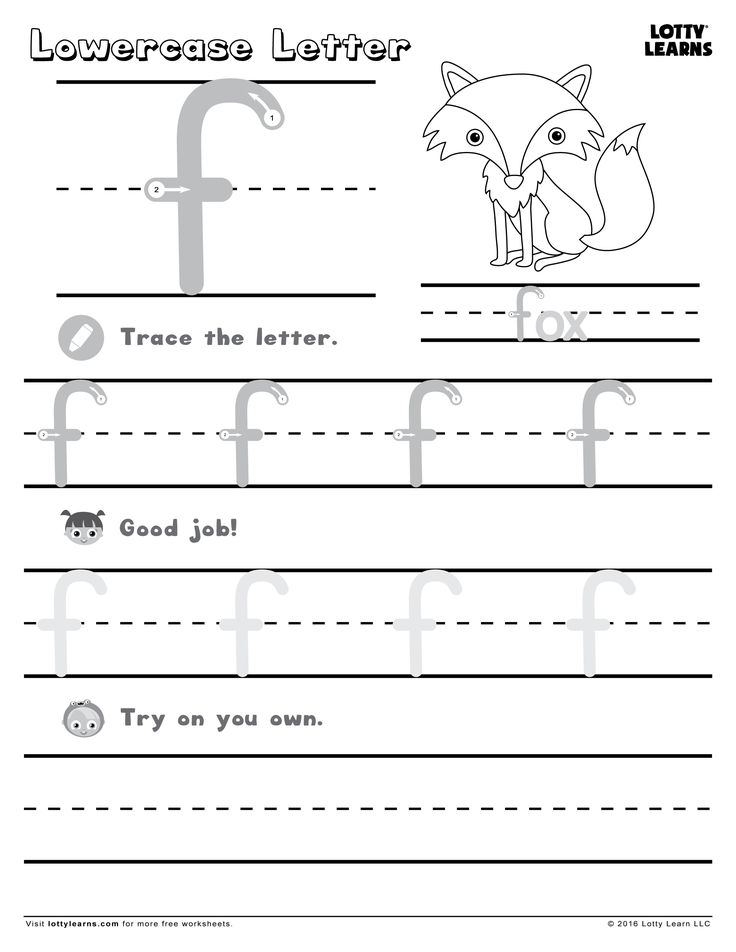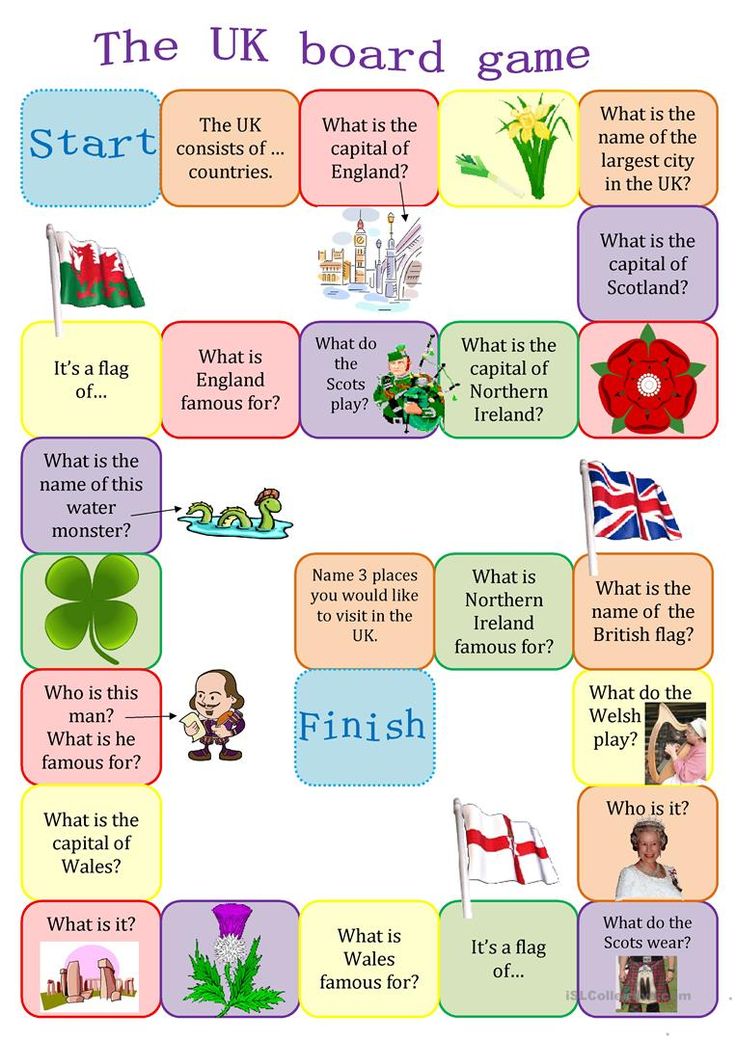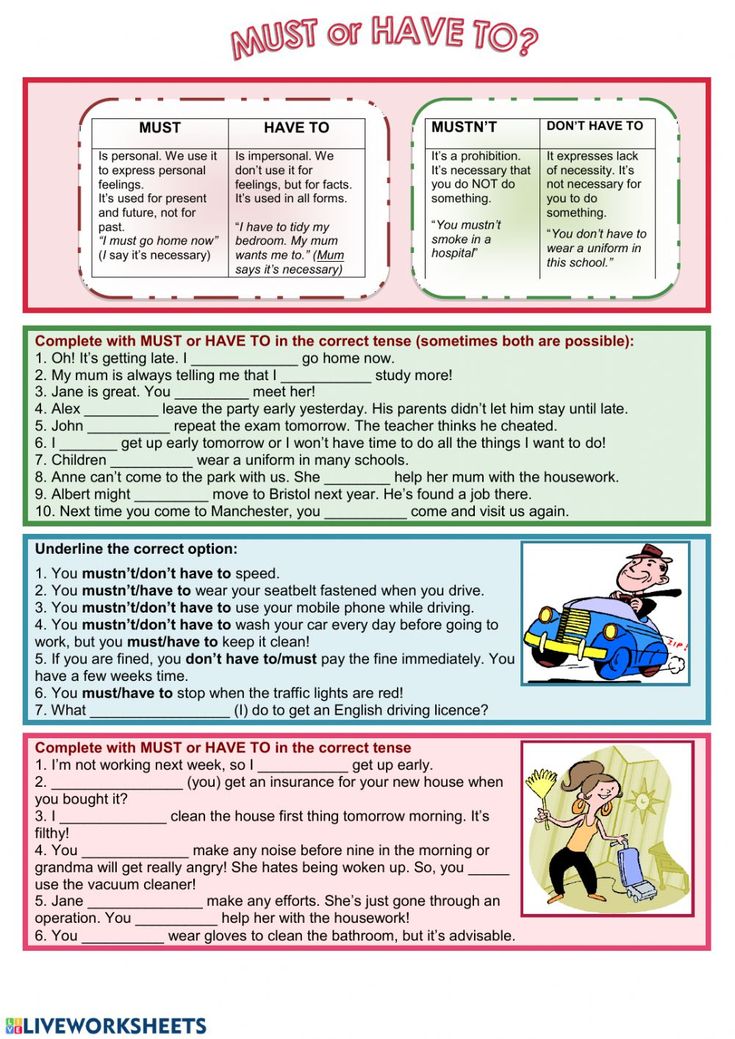Helping my child with reading comprehension
How to Help Your Child With Reading Comprehension
What helps kids understand what they read? Being an active reader is key. That means focusing on the text, questioning it, and taking mental notes. You can work on these skills with your child at home. Use these seven tips to help improve your child’s reading comprehension.
1. Make connections.
When kids connect what they already know to what they read, it helps them focus. Show your child how to make connections when you read aloud. If a book mentions places you’ve been to with your child, talk about those memories. Then have your child give it a try.
2. Ask questions.
Asking questions encourages kids to look for clues in the text. When you read together, ask questions to spark your child’s curiosity. Ask things like “What do you think will happen?” or “How is that character feeling?”
3. Make “mind movies.”
Visualizing helps bring a story to life. That’s where mind movies come in. When you read with your child, describe what the scene looks like in your head. Talk about how it makes you feel. You can use other senses, too. For example, if the scene takes place outside, what does it smell like?
Then invite your child to make a mind movie, too. Point out how your child’s movie is different from yours. If your child likes to draw or color, encourage your child to make a picture of the scene, too.
4. Look for clues.
When you combine what you already know with clues from a story, you can make guesses or predictions. These are inferences. And making them is a great way to build reading comprehension.
For example, when we read “Kim’s eyes were red and nose was runny,” we can infer that Kim has a cold or allergies. Help your child do this as you read. If a character is wearing gym clothes and sweating, ask your child what the character might have been doing before.
5. Figure out what’s important.
Ask your child: Who are the main characters? What’s the most important thing that has happened in the story so far? What problem are the characters trying to solve? When kids can point out what’s important, they’re more likely to understand what they read.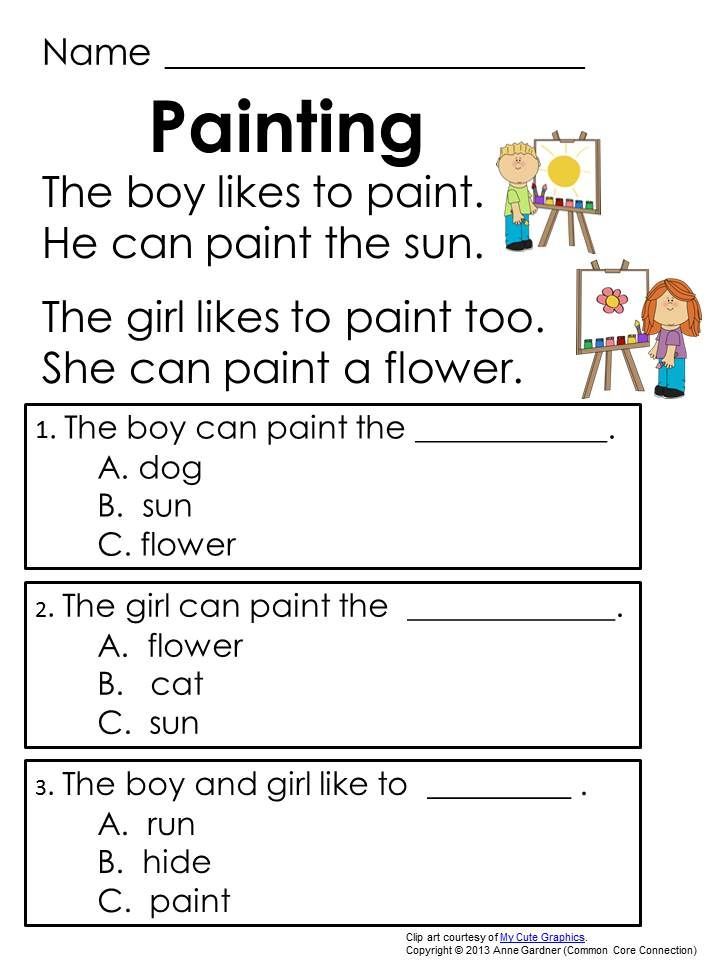
Your child can also use a tool called a graphic organizer to do this. A “story element” organizer keeps track of the main characters, where the story is taking place, and the problem and solution of the story.
6. Check understanding.
It helps to encourage kids to stop and ask themselves, “Is this making sense?” If your child gets stuck, suggest rereading the part that didn’t make sense. What about it was confusing? Were there specific words that tripped your child up?
7. Try new things.
The more kids know about the world, the more they can get meaning out of what they read. You don’t have to take an expensive trip or go to a museum to do this, though. You can expand kids’ background knowledge and vocabulary in lots of ways.
Shooting hoops or watching a baseball game can help your child connect more with books about sports. Riding the subway might make your child interested in books that take place in big cities.
Even with these tips, some kids still have a hard time understanding what they read.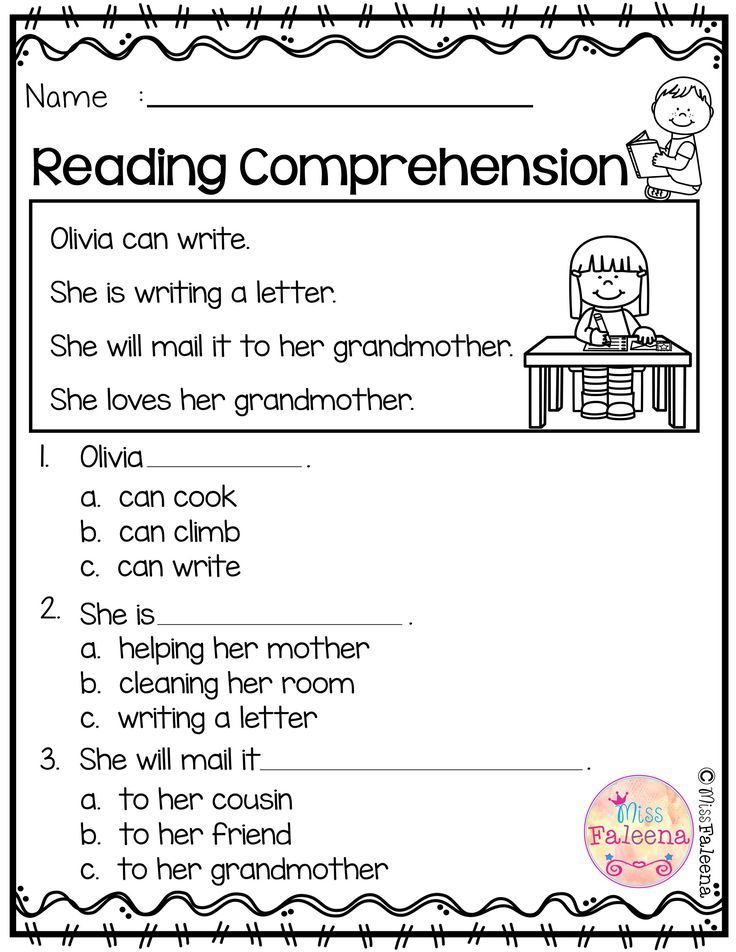 Learn more about how to help your child with reading. And get an expert’s take on why kids may have trouble understanding or remembering what they read.
Learn more about how to help your child with reading. And get an expert’s take on why kids may have trouble understanding or remembering what they read.
My Child Struggles With Reading Comprehension. What Can I Do?
Knowing how to read and understanding what you read are two very different things. Many children are able to pronounce every word in a passage, but they lack reading comprehension skills, which means they don’t understand what the passage means.
Strong reading comprehension skills are crucial to your child’s academic and professional success. That’s why if you’ve ever thought, “My child struggles with reading comprehension,” it’s important to know what you can do to help your child improve these vital skills.
What Are the Signs Of A Reading Comprehension Problem?
It can be hard to spot the signs of a reading comprehension problem. This is especially true if your child has strong decoding and fluency skills, which means they are able to correctly pronounce words and read quickly.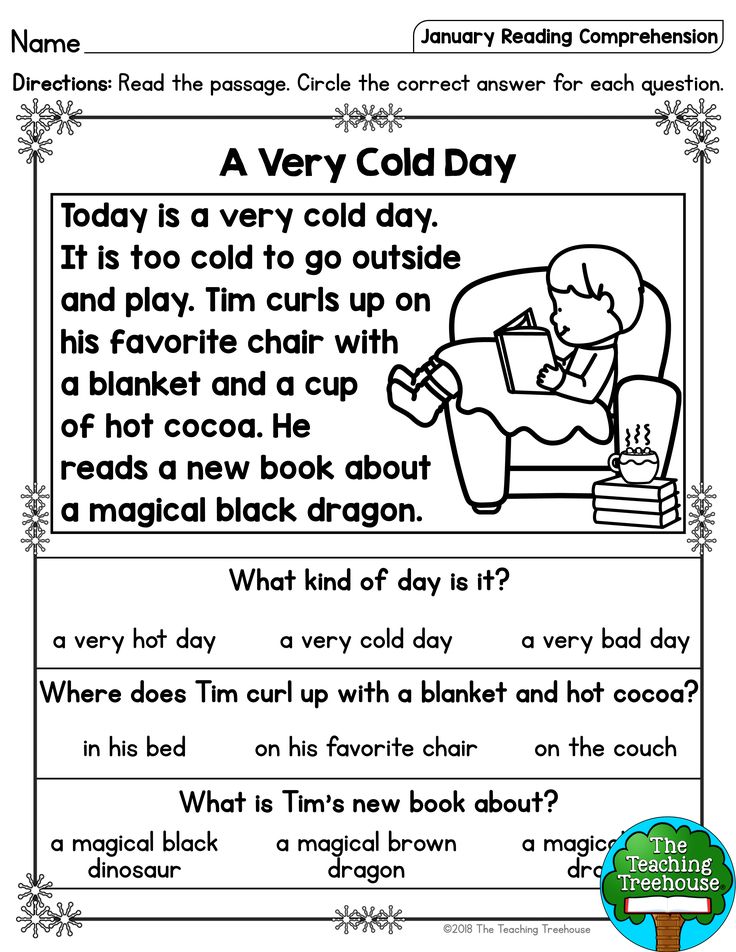
Knowing how to spot the signs of a reading comprehension problem is the key to getting your child the help they need to succeed. Here are some of the signs you should look for:
- Your child is unable to determine the difference between important and minor details of a passage.
- Your child struggles to connect two different ideas within a passage.
- Your child cannot summarize what they have read or answer questions about the characters, main events, or other elements of the story.
- Your child can read a lot of words, but doesn’t understand what they mean.
If you spot any of these signs, it could indicate that your child is struggling with reading comprehension.
Why Does My Child Have Trouble With Reading Comprehension?
There are a number of reasons why a child may struggle to develop strong reading comprehension skills. Some of the most common causes of reading comprehension problems include:
- Dyslexia: This learning disability makes reading much more difficult, which can impact a child’s ability to understand
what they are reading.

- Attention deficit hyperactivity disorder (ADHD): Kids with ADHD find it hard to pay attention, so they may not be able to focus on what they are reading, which can impact their ability to understand it.
- Lack of interest: If your child is not interested in reading, they may not be motivated to focus on the text.
- Limited vocabulary: If your child’s vocabulary is limited, they may find it difficult to extract meaning from a text since they won’t be familiar with most of the words.
- Lack of instruction: Some children struggle with reading comprehension simply because they have not been taught how to develop these skills.
As a parent, you should try to pinpoint the underlying issue that is causing your child’s reading comprehension problem. This will help you determine the best strategy that can be implemented to improve your child’s reading comprehension skills.
How Can I Improve My Child’s Reading Comprehension?
There are countless ways that parents can help improve their child’s reading comprehension skills at home.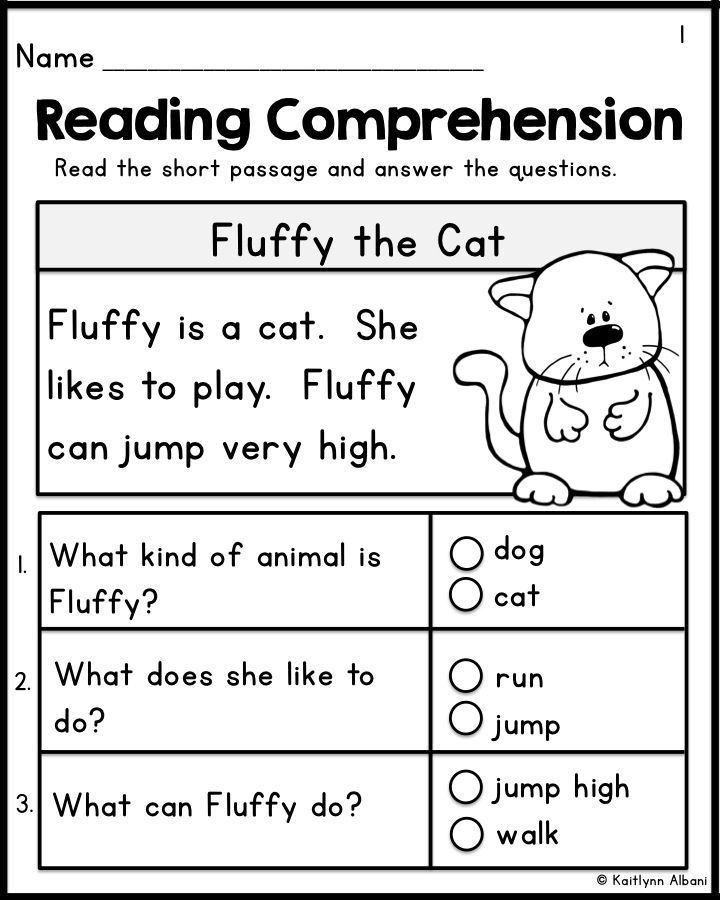 Try these strategies:
Try these strategies:
Ask Questions
Parents should get in the habit of asking their child questions about the text they are reading. Don’t wait until your child has finished reading a story to ask. You should try to ask them questions before, during, and after they finish reading. Start with these:
- What do you think this story will be about based on the cover’s illustrations?
- What do you think will happen next?
- What caused this event to happen?
- What was the character feeling when he said or did this?
- What’s the main character’s name?
Asking questions like these will keep your child engaged in the story, help them connect ideas, and deepen their understanding of the text.
Choose the Right Books
Let your child choose what they want to read. Letting your child choose will give them the opportunity to select a book that they are actually interested in reading. This may improve their ability to focus, which will enhance their reading comprehension skills.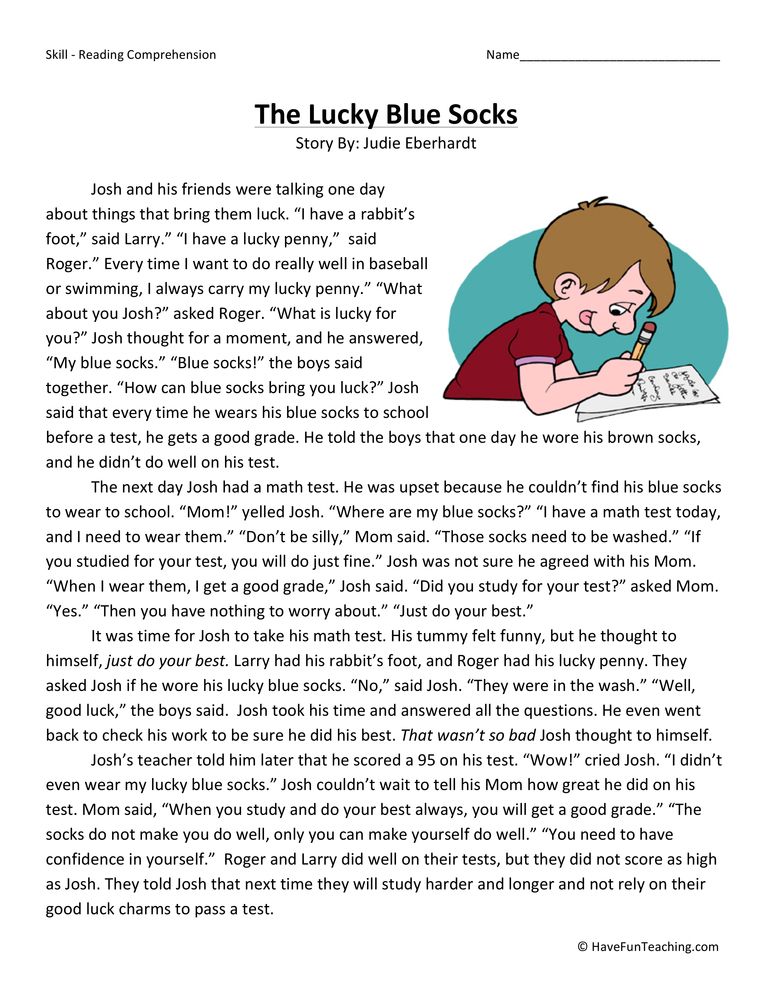
You should also make sure that you are choosing level-appropriate books. If the text is too difficult for your child, it will be incredibly challenging for them to understand what they are reading.
Reread Difficult Passages
If your child doesn’t understand a passage, ask them to reread it with you. Then, use this as an opportunity to teach them how to extract meaning from a difficult passage.
If they encounter a word they aren’t familiar with, show them how to look it up in the dictionary. Point to context clues in the passage that they can use to figure out what the text means. Help them connect the events of the story to something that has happened in their life.
Teaching your child these strategies will help them drastically improve their reading comprehension skills.
What is the Best Reading Comprehension App For Struggling Readers?
One tool that parents can use to help their children improve their reading comprehension skills is the Readability app. Readability is the only app that is designed with a voice-based questions & answers feature, which allows your child to communicate with the app like they would with a reading tutor.
Readability is the only app that is designed with a voice-based questions & answers feature, which allows your child to communicate with the app like they would with a reading tutor.
The app will ask your child questions about the text and listen as your child responds to confirm that they understood the passage. This innovative feature will keep your child engaged with what they are reading, which can help them develop stronger reading comprehension skills.
Download the Readability app on your smartphone or tablet to start the free 7-day trial today.
5 simple ways to teach your child to understand texts
Schoolchildren about whom they say: “He is better at math” often read badly. Although the point, perhaps, is not at all in humanitarian abilities or the presence of dyslexia, but simply in the fact that you need to work well with the child. Edition Edutopia told in detail how best to do this.
Why reading problems need to be addressed right away
When you start talking about reading problems, the first thing that comes to mind is small children with poor phonetics who struggle to decipher letters and make them understand.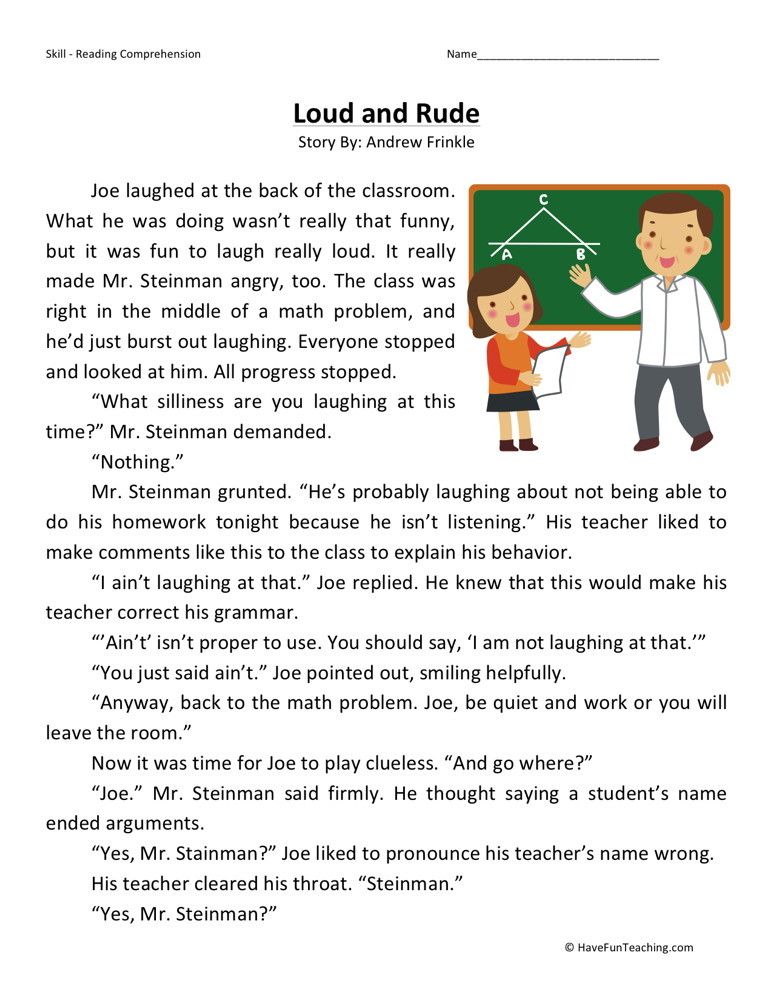 And there are people - schoolchildren and students - who think they can read, but in reality they experience a lot of difficulties with understanding words, images, conclusions, reasoning. nine0003
And there are people - schoolchildren and students - who think they can read, but in reality they experience a lot of difficulties with understanding words, images, conclusions, reasoning. nine0003
If a child is good at deciphering a text, we usually assume that he is a good reader. But at the same time, the teacher may notice that the child freely "decodes" the text, but does not understand it. One way or another, both children who cannot decipher and children who do not understand what is deciphered are all children with reading problems. However, the latter are much less noticeable, and their problem escapes the attention of adults much more often. The child begins to fail tests and generally does not understand half of what is taught in the classroom. nine0003
That's when the real trouble comes, and most of the time it's already in middle and high school.
The sooner you start solving this problem, the better. But it is better to remember that a complete correction requires not just practice - for example, reading passages and asking questions on them - but using an integrated approach that includes several important things.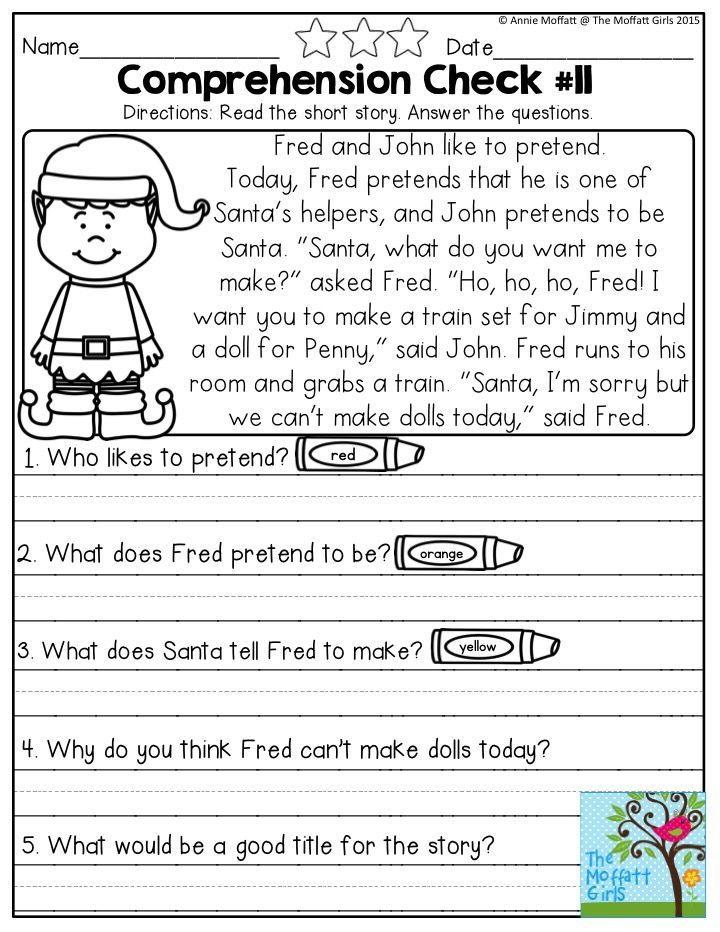
The following comprehension skills and strategies can be used for the entire class. Teachers can help students choose reading material that matches their current vocabulary and abilities so that in the classroom, children read the text and work at levels accessible to each of them. nine0003
What to do if your child does not understand what he is reading
1. Recent studies show that reading comprehension difficulties may stem from poorly developed spoken language, which develops long before a child begins learning to read. It turns out that students who have problems with reading comprehension also often understand fewer words spoken in oral speech, that is, less than what they hear. They have poor conversational grammar. So, to deal effectively with reading comprehension problems, educators may need to adopt an approach that teaches vocabulary and comprehension first in spoken language and only then in written language. nine0003
2. Children who have poor reading comprehension often suffer from a small vocabulary, so it is useful for them to devote a lot of time to learning new words.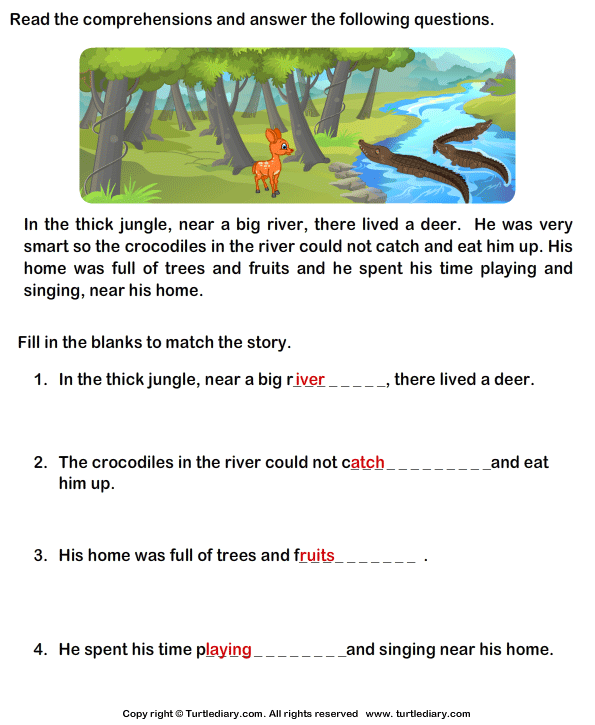 One of the ways is a multisensory approach: for example, pictures, mind maps or mnemonics. Improving general language skills increases the likelihood that they will understand the words they encounter in written text. Since it is not possible to know and remember every word, the child should be taught different types of context clues and how to use them to determine the meaning of unknown words. nine0003
One of the ways is a multisensory approach: for example, pictures, mind maps or mnemonics. Improving general language skills increases the likelihood that they will understand the words they encounter in written text. Since it is not possible to know and remember every word, the child should be taught different types of context clues and how to use them to determine the meaning of unknown words. nine0003
3. As soon as a child has enough vocabulary to understand every word in a text, he finds it difficult to keep his attention and follow all the details or, for example, access indirect information and the hidden meaning of the text .
In this case, the educator can teach the child several cognitive reading strategies that will help: annotation, SQ3R, and KWL diagram among them. They help:
- to learn to discuss what they read or to activate the knowledge gained while reading the text; nine0034
- develop and ask questions about what has been read;
- draw parallels between two texts or between what the child saw and read;
- make predictions about what will happen next in the text;
- highlight keywords that will later help answer questions;
- think aloud.
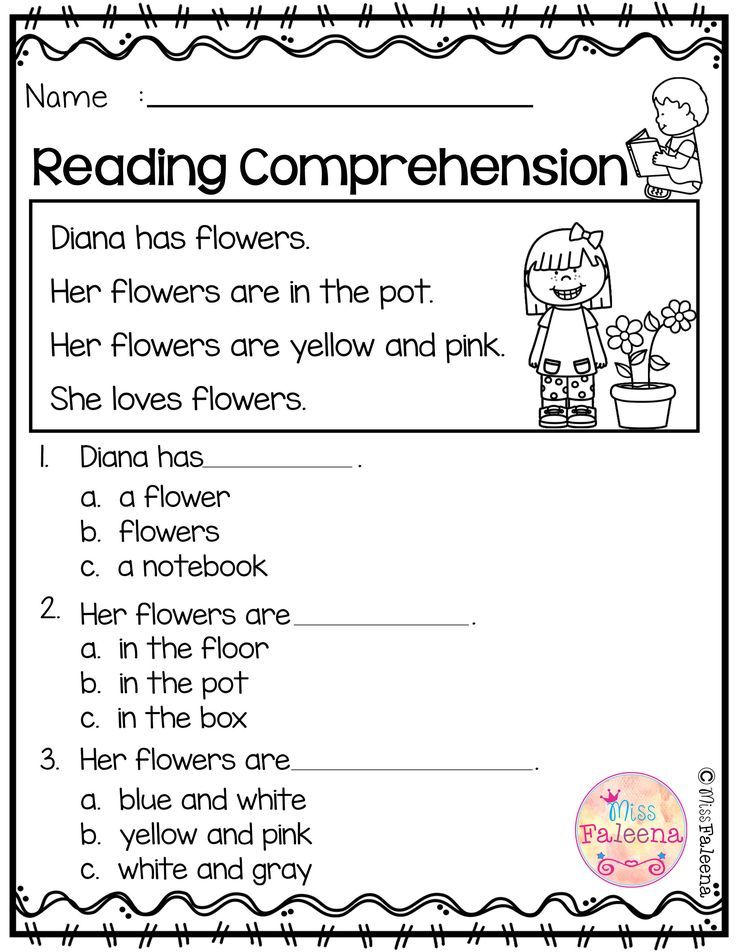
Each child can choose exactly the strategy that works best for him. Extracting deeper meaning from a text using strategic thinking can be useful not only for reading comprehension, but also for writing. nine0003
4. Have students engage in peer learning - it encourages the child to take the lead and think about their thought process while reading. Teachers can use peer learning during class discussion, with a text that is read aloud and then with a text that is read in groups. Students should divide into four types and then alternate among themselves.
- Participant 1. The one who asks the question. He asks about parts of a lesson, discussion, or text that are unclear or confusing to help connect with previously learned material. nine0034
- Participant 2. Someone who will record important things - for example, details from a text or important points of a discussion.
- Participant 3. The one who will answer the questions asked by the first participant and will be responsible for ensuring that the answers to these questions are clear to everyone.
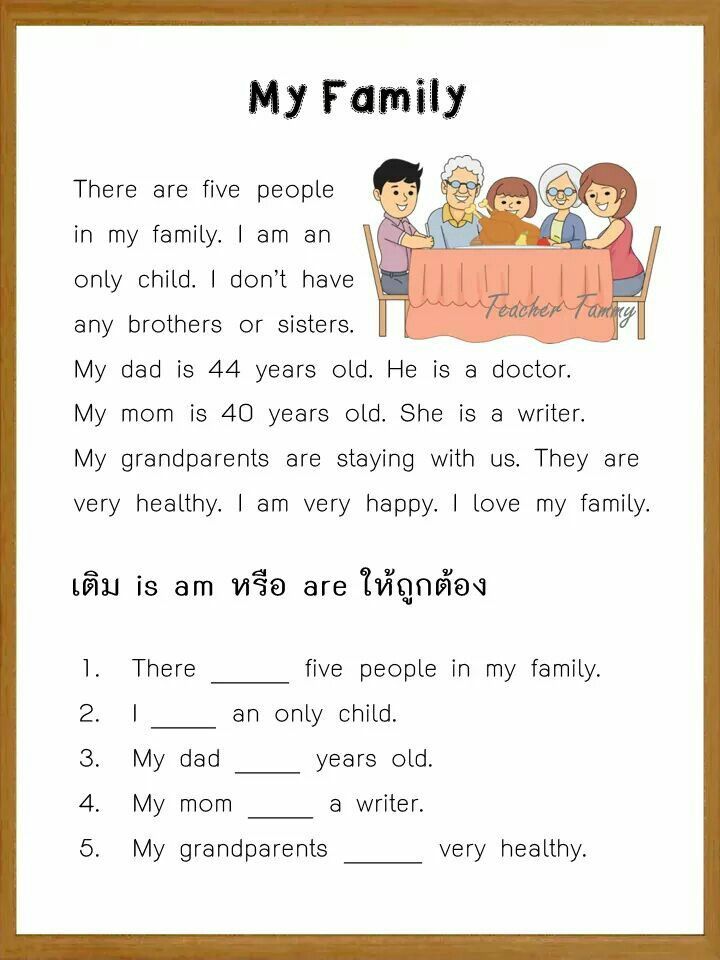
- Participant 4. Someone who will make predictions about what will happen next based on what has been presented, discussed or read. nine0045
5. Schoolchildren must be taught text comprehension skills: they need to know what sequence is, what text structure and storyline are, how to draw a conclusion from what they read, what figurative language is and what types it has. Students should be able to use the skills first with the text they hear when the teacher reads aloud, and then with the text they read on their own and understand at their own level.
Photo: Shutterstock (Monkey Business Images)
How to teach a child to understand and remember the read text?
You spend a lot of time helping your child learn to read. You try to be patient and not rush him. He reads and rereads the same paragraph, but he never “understands” it. Why is it so difficult for a child to understand what he reads?
It's great that you support your child's reading endeavors.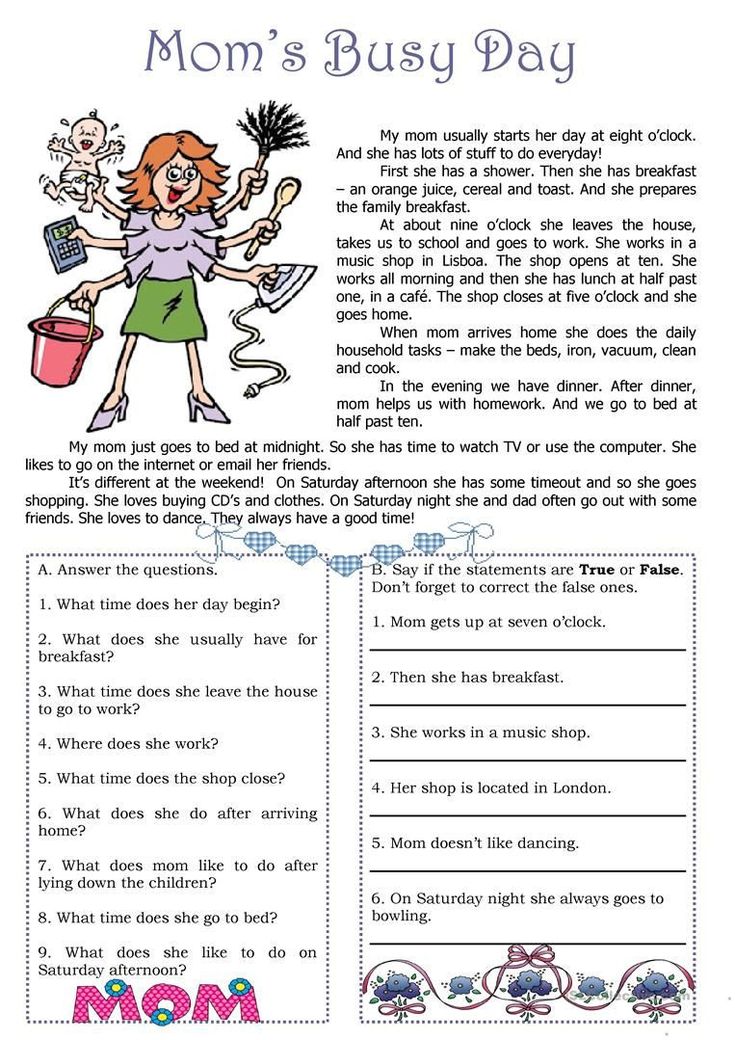 Your disappointment is understandable, you have spent a lot of time and effort on teaching your child, but at the same time you do not see much improvement. Rest assured, you have already done a lot just by showing your child how much you care about him. nine0003
Your disappointment is understandable, you have spent a lot of time and effort on teaching your child, but at the same time you do not see much improvement. Rest assured, you have already done a lot just by showing your child how much you care about him. nine0003
The ability to make sense of sentences and paragraphs involves a complex combination of many skills and abilities. In order to provide a child with the right support in reading, it is necessary to understand the nature of his difficulties.
The process of decoding and word recognition
The process of decoding is the transformation of a graphic model of a word into an oral language form. The ability to match the written and sound designation of a word is an important step in learning to read. Decoding is the foundation on which all learning to read is built. nine0003
If your child gets lost in the decoding process, they will have difficulty reading comprehension. To develop your decoding skills at home, take classes in the new Fast ForWord Foundations correctional online program.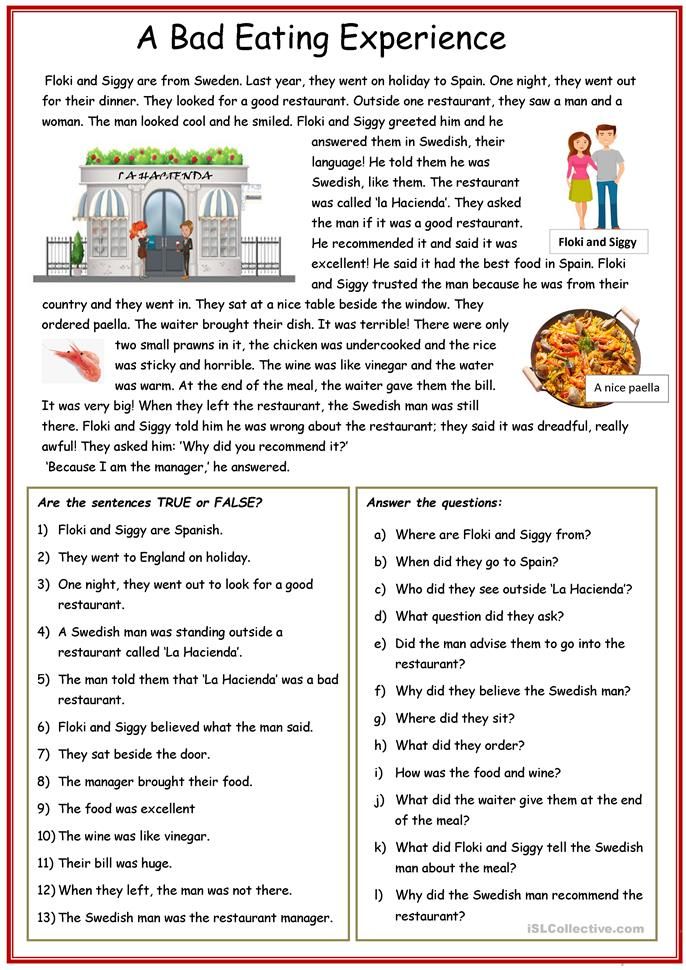 Decoding is a very important process - the more words a child can automatically recognize at a glance (without having to pronounce each letter or syllable), the faster he will be able to read.
Decoding is a very important process - the more words a child can automatically recognize at a glance (without having to pronounce each letter or syllable), the faster he will be able to read.
Reading fluency
Why does fluent reading matter? If a child reads each word syllable by syllable, it takes him a long time to read the whole sentence. This makes it difficult to memorize all the words in a sentence and understand how they fit together. nine0003
One way to learn to quickly recognize a word is to read it out loud several times. This is why reading the same passage repeatedly can help a child learn to read fluently.
Reading comprehension level
Even if your child is a good reader, he may be reading books that are well above his current level of comprehension. The most important thing is that the child can not only read the text, but also comprehend it. Sometimes teachers evaluate reading skills - how well a student can read and understand a text.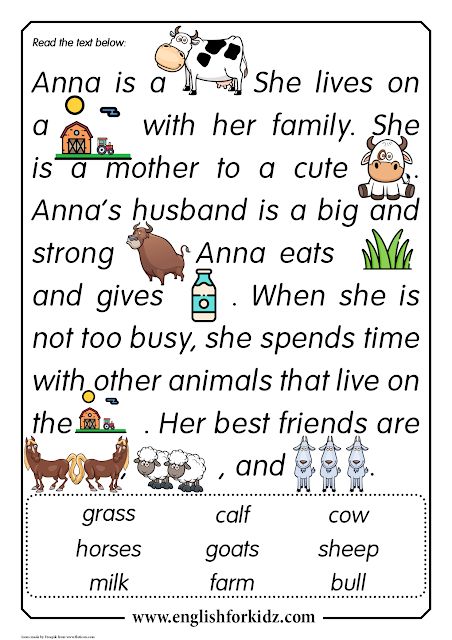 These grades also reflect important information - whether the student needs help. nine0003
These grades also reflect important information - whether the student needs help. nine0003
Talk to the teacher about your child's reading skills. You can ask the teacher to recommend books for home reading that are appropriate for your child's reading level. You can also choose books by yourself. For example, when choosing a book, ask your child to read a few pages and talk about what they just read. The book is suitable if the child really understands what they read.
Attention concentration
Difficulty concentrating is another reason why your child may have reading comprehension problems.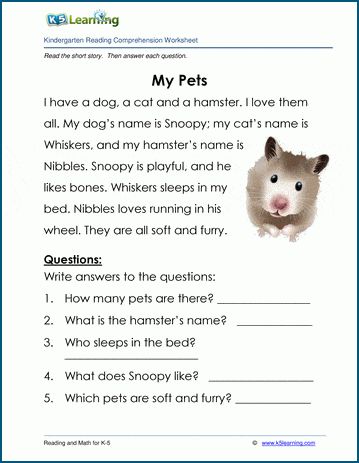 Reading comprehension also depends on the ability to ignore distractions. nine0003
Reading comprehension also depends on the ability to ignore distractions. nine0003
If your child has difficulty concentrating, it may be due to an executive function disorder, an auditory processing disorder, or ADD/ADHD. These impairments can affect his ability to understand and retain information in working memory.
You can help your child to reduce the load, for example, teach him to break reading tasks into small parts, take notes, highlight important information.
Comprehension skills and strategies
Reading is thinking. And the way we think is the basis for improving comprehension while reading. To improve text comprehension, sometimes we need to consciously stop while reading and analyze our ideas and thoughts related to what we have read.
You can teach your child to be an active reader. Encourage him to voice all his thoughts and doubts, ask questions as he reads, read aloud one paragraph at a time and discuss what he read. nine0085 Point out to him that experienced readers also monitor how well they understand what they are reading and reread confusing parts of the text.